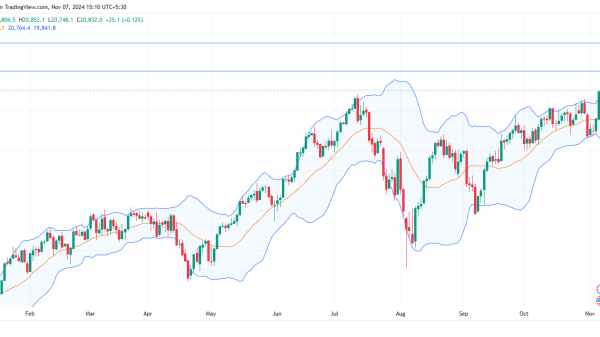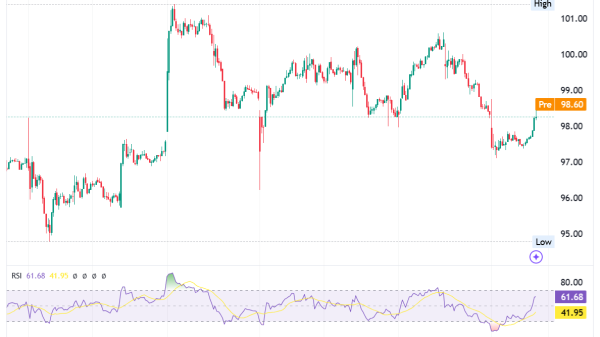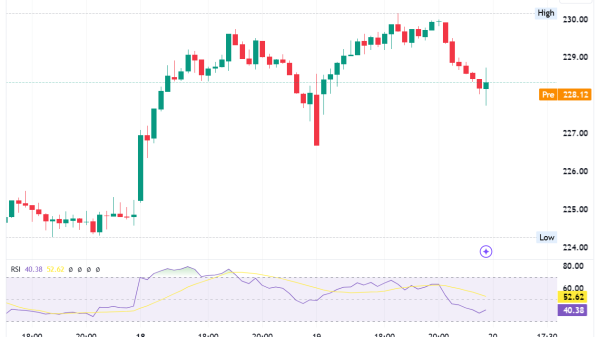The Changing Landscape of Energy Commodities
Commodity markets play a vital role in shaping the global economy, and three key energy commodities have been making headlines recently: oil, natural gas, and coal. These markets are highly sensitive to various factors, including economic conditions, geopolitical tensions, and environmental concerns. In this article, we will delve into the recent developments in each market and explore how these factors have impacted them. From the fluctuating oil futures to the declining natural gas prices and the shifting focus towards clean energy affecting coal, let’s uncover the fascinating dynamics of these commodity markets.
Oil: A Rising Tide Amid Recession Fears
The oil market has been subject to constant speculation and volatility, attracting the attention of commodity traders. Recently, oil futures experienced a significant surge of 2%, driven by traders’ optimism about the United States averting a recession. However, this positive sentiment has sparked renewed interest among commodity traders in oil investments.
Despite occasional fluctuations, oil has remained a staple in the global energy mix due to its versatility and wide-ranging applications. As the world transitions towards renewable energy sources, the oil market adapts to changing demands, expanding its horizons beyond traditional uses.
Natural Gas: A Downward Spiral in Prices
The natural gas market has witnessed a contrasting trend compared to oil. Year to date, as of June 13, US natural gas prices have fallen by a staggering 48%. This sharp decline can be attributed to several factors, including an oversupply of natural gas and a mild winter. Therefore, leading to reduced demand for heating.
Furthermore, advancements in renewable energy technologies, such as solar and wind power, have posed a formidable challenge to natural gas as a primary energy source. The declining prices are prompting traders and investors to reconsider their positions and explore alternative investments with more promising returns.
Coal: A Transition Towards Clean Energy
Commodity traders and commodity brokers have been closely monitoring the developments in the coal market. Newcastle coal, known for its significant role in the energy markets, has experienced a downturn, losing 64% in value. This decline follows a rally sparked by the European energy crisis, which captured market attention. However, the focus has shifted towards clean energy initiatives, dampening coal’s prospects.
The global effort to combat climate change and reduce greenhouse gas emissions has propelled the shift from coal as governments and businesses invest heavily in renewable energy projects. This transition has led to a decline in coal’s market share, highlighting the urgent need to embrace cleaner energy alternatives.
In conclusion, as we navigate the complex terrain of commodity markets, commodity traders and commodity brokers must closely monitor these developments and understand their implications. The renewable energy revolution and increasing environmental consciousness transform the energy landscape, presenting challenges and opportunities in commodities finance. Investors, traders, and policymakers must adapt to these changes, fostering innovation and embracing sustainable solutions for a greener future. In this ever-changing world, staying informed and adaptable is key. The energy commodities markets remain fascinating as they continue to shape our energy future and drive the global economy forward.
The post The Changing Landscape of Energy Commodities appeared first on FinanceBrokerage.























